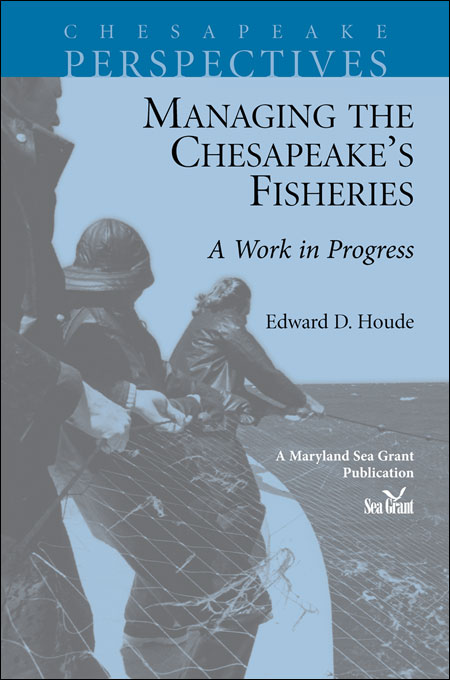Knauss legislative fellowships in Congress help build careers — and they're fun and educational. See our video and fact sheet for details.
Maryland Sea Grant Funds Five New Research Projects
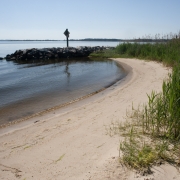
Maryland Sea Grant has awarded approximately $1.25 million in federal funding for five research projects. These funds, plus $850,000 in non-federal matching funds, will support research on water quality restoration tools, algal bloom monitoring, urban community access to coastal spaces, living shorelines, and soft-shell clam aquaculture. The projects were awarded through a competitive, peer-reviewed selection process.
One project (urban community access) is funded for four years at about $125,000 per year. Four projects are funded for two years at about $100,000 per year. This funding will support not only research but also scientific training for undergraduate and graduate students from Maryland colleges and universities and outreach efforts to stakeholders and communities. The research is recommended for funding and pending final approval by the National Oceanic and Atmospheric Administration.
The selected research projects are led by experts from the Maryland Department of Natural Resources, Morgan State University, St. Mary’s College of Maryland, and the University of Maryland Center for Environmental Science.
The project topics are:
1. Developing water quality restoration tools
Many Maryland localities face a daunting question: how to apply limited dollars to help improve the health of the Chesapeake Bay. Investing in restoration projects is necessary to achieve water-quality goals in local waters, but it can be difficult to select the restoration strategies and projects with the most impact. This project will develop a framework for scientists and county planners to quantify the potential impacts of restoration projects on local bodies of water, such as creeks and other shallow tidal systems. The project team will analyze long-term monitoring data and expand an existing partnership between the Chesapeake Biological Laboratory and Calvert County to assess water conditions, analyze monitoring data, and ultimately select the best projects to improve Calvert’s waterways. As a result of this data analysis and modeling, informational materials will be developed for other Maryland counties and municipalities to use in making informed choices about impactful investments in restoration.
Investigators: Lora Harris and Jeremy Testa, University of Maryland Center for Environmental Science’s Chesapeake Biological Laboratory
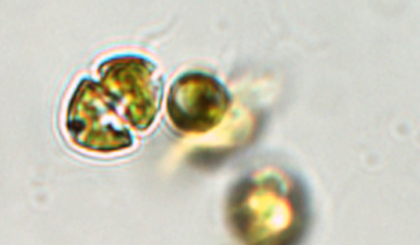
2. Increasing algal bloom monitoring capacity and collaboration
Phytoplankton, commonly called algae, are microscopic, single-celled plants that live in marine environments and form the base of aquatic food webs. Phytoplankton abundance and diversity can be a sign of health of coastal ecosystems—or, in the case of algal blooms, can indicate and exacerbate water quality issues. Some phytoplankton species are toxic and can cause harmful algal blooms (HABs) that can affect the health of fish, shellfish, animals, and humans. With HABs increasing in frequency and intensity in a warming Chesapeake Bay, researchers have recognized a regional need for an image library of common Bay phytoplankton species.
This project, led by phytoplankton experts from academic institutions and the Maryland Department of Natural Resources, will develop a tailored, shareable phytoplankton image library specifically designed for the Chesapeake Bay. This library will be used to identify phytoplankton in the event of a bloom and provide data to inform science-based management decisions. It will also allow continuous monitoring and increased knowledge about factors contributing to algal blooms in the Bay. To overcome limitations in staff field time and increase response time to blooms, the project will test machine-learning approaches that would help scientists and managers to identify phytoplankton species using automated imaging machines. The project will also engage stakeholders in a pilot monitoring project to collect data and display findings in a public-facing dashboard.
Investigators: Emily Brownlee, St. Mary’s College of Maryland; Greg Silsbe and Mike Sieracki, University of Maryland Center for Environmental Science’s Horn Point Laboratory; Cathy Wazniak, Maryland Department of Natural Resources
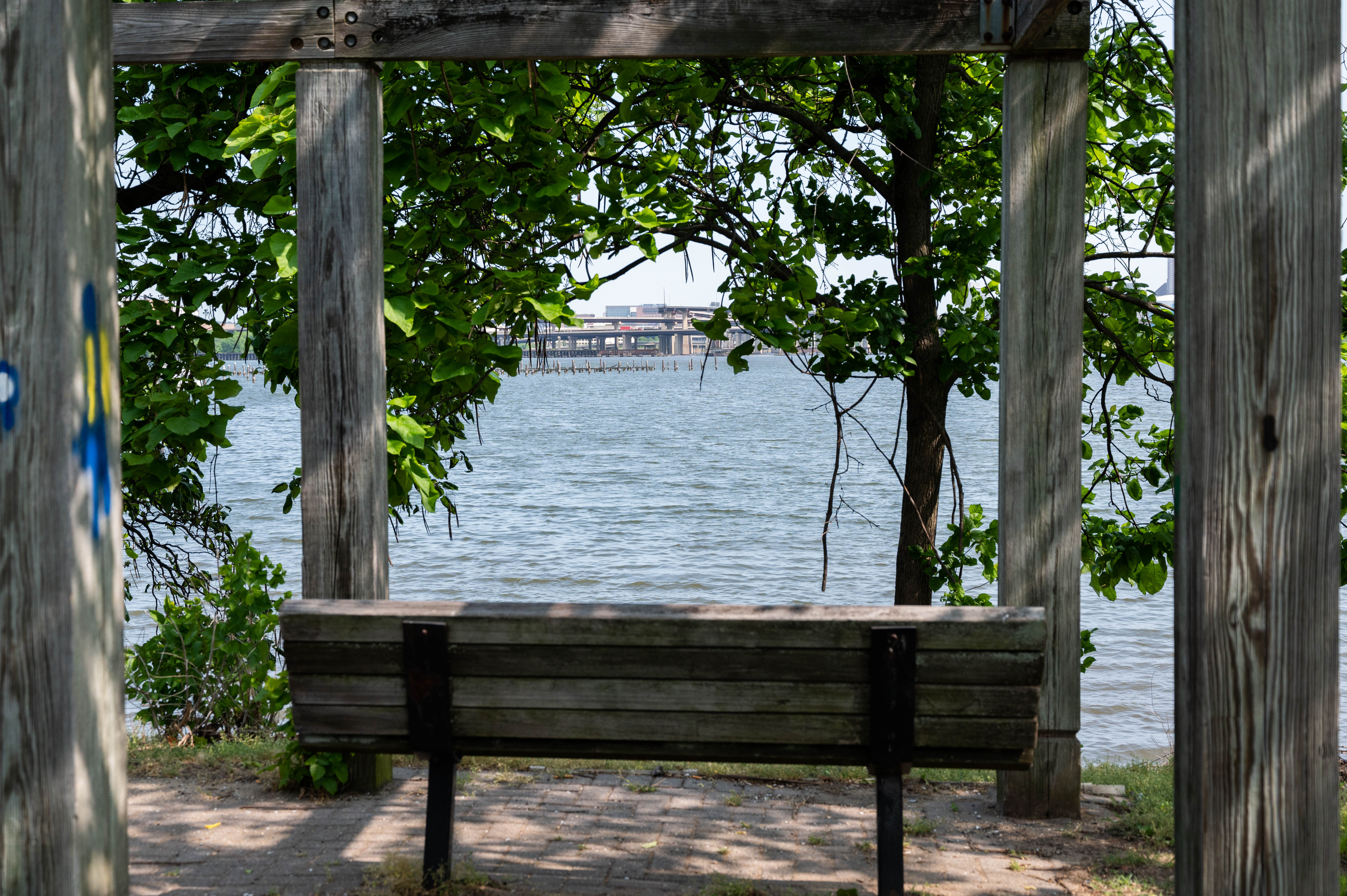
3. Improving urban community access to coastal spaces
Baltimore City boasts 16 miles of coastline and active waterfronts, but neighborhoods in the underserved southern part of the city have limited access to waterfront areas. These coast-adjacent blue spaces can provide physical and mental health benefits, while also increasing community resilience to climate change effects like urban heat islands. This project, led by Morgan State University researchers, will research how blue spaces can be designed and located to provide South Baltimore communities access to important health and climate resilience benefits. A diverse team of researchers will develop and supplement stakeholder and partner relationships, including community members, non-governmental organizations, state agencies, and Maryland Sea Grant Extension specialists. With these groups’ partnership, the project team will meaningfully engage groups from underserved communities, build relationships, and research local beliefs, opinions, and behaviors related to blue space access and climate resilience. Ultimately, the project will inform existing initiatives and help to develop new initiatives that foster access to outdoor spaces.
Investigators: Scott Knoche, Kaitlynn Ritchie, and Kehinde Ojo, Morgan State University Patuxent Environmental and Aquatic Research Laboratory; Samia Kirchner, Morgan State University School of Architecture and Planning; Mark Barnes, Morgan State University, Behavioral & Social Sciences Center; and Lisa Wainger, University of Maryland Center for Environmental Science’s Chesapeake Biological Laboratory
4. Studying living shorelines over time
Many contemporary efforts to stabilize Chesapeake Bay shorelines against sea-level rise, erosion, and other environmental changes include nature-based features such as living shorelines. Living shorelines use plantings and rock sills to reduce wave energy while allowing marsh plant communities to grow along the shoreline. However, questions remain about the performance of living shorelines over time. This study will evaluate how living shorelines mature by examining sediment accumulation, plant characteristics, elevation changes, and more in living shorelines across a spectrum of ages up to 18 years old. Researchers will use some data from previous living shoreline studies and continue relationships with living shoreline managers and permitters as they collect new data. End products based on this research will help to inform predictions of living shoreline performance, which will be useful information for property owners and shoreline managers.
Investigators: Cindy Palinkas and Lorie Staver, University of Maryland Center for Environmental Science’s Horn Point Laboratory
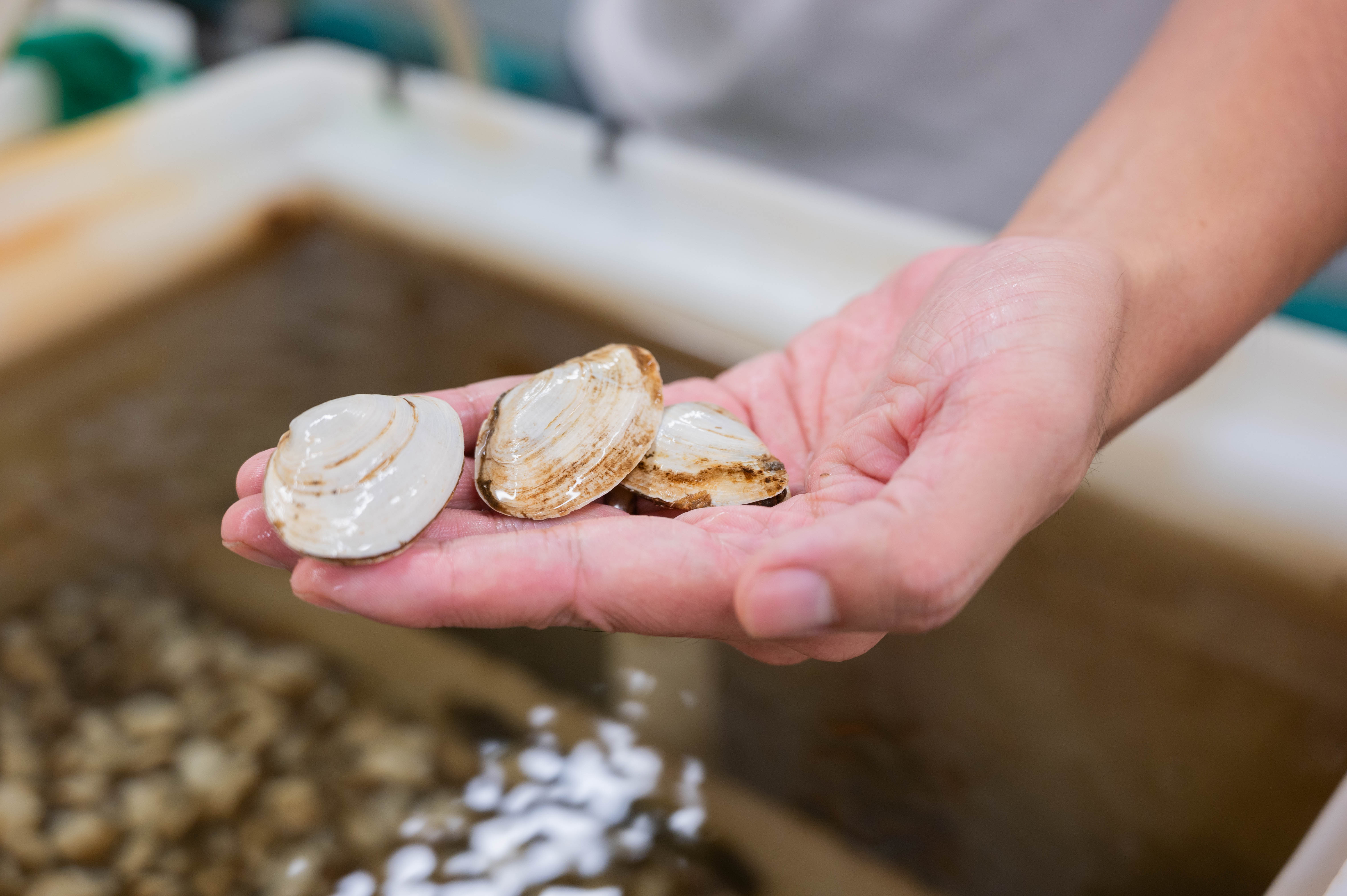
5. Growing soft-shell clam aquaculture in Maryland
Maryland’s shellfish aquaculture industry centers on the eastern oyster (Crassostrea virginica), but the soft-shell clam (Mya arenaria) was once an important fishery in the Chesapeake Bay. Hundreds of thousands of clams were harvested in Maryland in the 1970s, but pathogens, parasites, and rising sea temperatures took a toll on the species. Recognizing shellfish farmer interest in diversifying shellfish aquaculture to include other species, researchers at Morgan State University’s Patuxent Environmental and Aquatic Research Laboratory have been working to breed soft-shell clams and develop methods for growing clams as an aquaculture product. This project will address an obstacle to commercial viability—summertime heat-induced mortality—by researching optimal growing times and breeding options, which will enable clams to grow out to market size within 10-11 months. This research will build on past projects to continue developing a soft-shell clam line that is tailored for use in Maryland’s aquaculture industry.
Investigators: Ming Liu, Brittany Wolfe-Bryant, Jon Farrington, Scott Knoche, and Amanda Knobloch, Morgan State University Patuxent Environmental and Aquatic Research Laboratory
Photo, top left: Maryland Sea Grant supports a range of research projects that focus on the Chesapeake Bay region’s rich ecosystems, the challenges they face, and the industries they support. Photo: Nicole Lehming, MDSG



